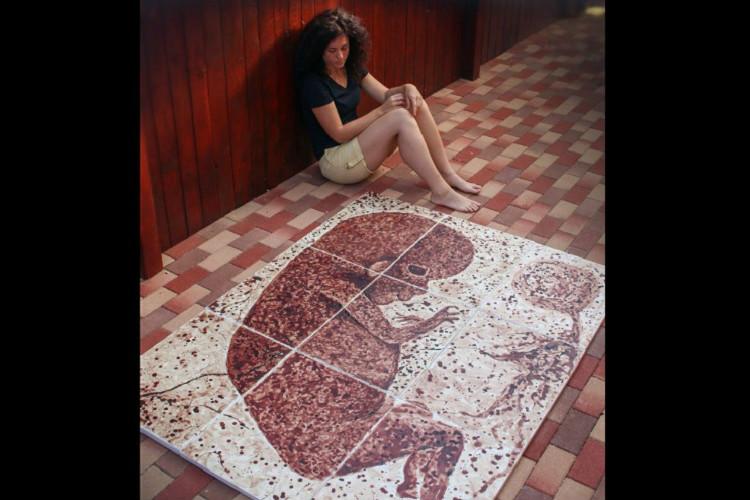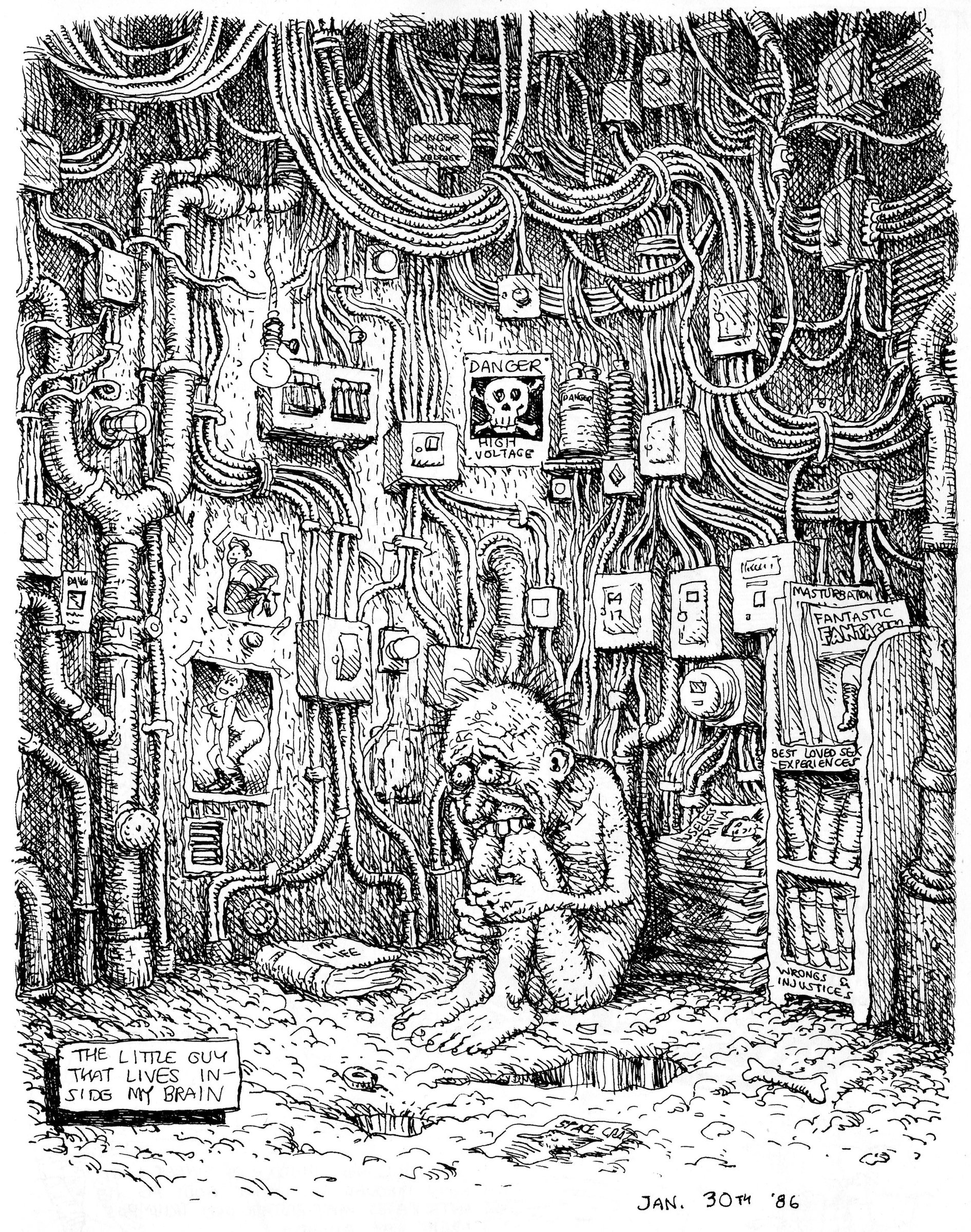
Can artists be separated from their artwork if they are accused or convicted of a heinous crime? Does their criminality mean that we can no longer enjoy their work? Or can we separate the two and find a way to see the art as it is without the artist coming to mind? These questions of art and crime have always been asked and are even more debated, especially in our current cultural climate of awareness and canceling. There’s never a “right” answer for this, and it always differs depending on each case regarding our perception of the person, how much we love their art, the degree of their crimes, how attached the art is to the artist themselves, etc. But I’d like to argue that this line can be separated based on the life and criminal history of Baroque artist Michelangelo Merisi (a.k.a. Caravaggio).
From throwing a plate of artichokes in a waiter’s face to murdering a man and fleeing to exile, Michelangelo Merisi (nicknamed Caravaggio) was the original artistic criminal of his time. Known as a game-changer in painting for his dramatic use of lighting and surprising interpretational religious scenes, Merisi turned the art world on its head with his new and innovative works. His painting style and artistic genius gained him notoriety and a legacy as an artist. But his violent entanglements and constant fits with the law made him one of the most infamous criminals of his time.
Born in Milan, Caravaggio was the first child of Fermo Merisi and Lucia Aratori (Fermo’s second wife). He moved to Rome after the death of his parents and started selling his paintings around 1595. The Fortune Teller was Caravaggio’s first significant piece which showcased a new style that changed the way Roman artists painted following its precedence. Although it only sold for a little, it did get his name out there and showcased him as an artist not to be reckoned with. But his enormous success with The Cardsharps is what really attracted attention to his work from some of the most foremost collectors in Rome, one of them being Cardinal Francesco Maria Del Monte (who commissioned and helped him a lot in his art career).
While his works did help him grow his profile as an artist, his drinking, gambling, sword-carrying, and brawling habits gained him more notoriety than popularity. He was brought to trial so often that most modern historians know far more about his life through his crimes than through his artworks. Between 1598 and 1601, he’d already been arrested for carrying a sword without a permit, sued for beating a man with a stick, and accused of attacking someone with a sword. And his actions only got more aggressive throughout the years, as he even threw a plate of artichokes at a waiter’s face for being undercooked and went to prison for stoning a policeman. However, it was his murdering of Ranuccio Tomassoni in May of 1606 which caused the Pope to give him the death sentence, forcing Caravaggio to flee Rome and live in exile.
With all this to say, it’s difficult to imagine an artist as wild and criminal as Caravaggio still being praised and asked to create works for people. Yet, he did and was commissioned to do essential works such as decorating the Contarelli Chapel and receiving prestigious commissions from wealthy patrons. Even after his exile from Rome, he still received a steady stream of important commissions that helped him survive as an artist. And, when he was desperate to return to Rome through a pardon from the Pope, he sent them the piece Salome with the Head of John the Baptist, which was later accepted and pardoned despite his past affiliations with murder.
With all of the crimes, scandals, and headaches he’d caused, it’s a wonder why the public and the church tried to “revive” Caravaggio so often. His crimes were known, yet people still gravitated to and wanted the works he made. For me, looking at his case, the public was able to give him so many chances because they could separate the artist from the artwork. And they could create this distinction because of Caravaggio’s criminality and talent.
In the case that Caravaggio was a well-beloved artist who promoted a specific pure, innocent image, it would have been harder for people to be able to separate his artwork from his criminal behavior as it would have been difficult for people to reconcile the affection they had for him before learning about his crimes. However, because Caravaggio’s criminality was known during his artistic career and was part of his “public persona,” it was easier for people to distinguish between the artist himself and his art pieces. Moreover, because his style was so well-loved by the public and brought something new to the table, he was able to get more commissions that would further his artistic profile. All this to say, Caravaggio’s case showcases how people can still enjoy a piece of artwork despite knowing the crimes of what the artist has done.







Hello Crystal!
Your article was very interesting—I don’t think I have heard all of this about Caravaggio before even though I know some of his paintings. Your analysis of why people were able to separate his art from him as a criminal was very interesting and something I hadn’t considered before.
I also think it is interesting to try and apply this thinking to artists of the modern day too. The question of if you can separate art from the artist is a very popular one as more and more famous artists come out to be bad people. In my opinion, if the consumption of the art directly or indirectly provides a way for the artist to continue perpetuating harm, then the art can’t be separated from the artists. For Caravaggio, I think it begs the question of if people didn’t commission art from him, would his criminal behavior have ceased? Probably not.